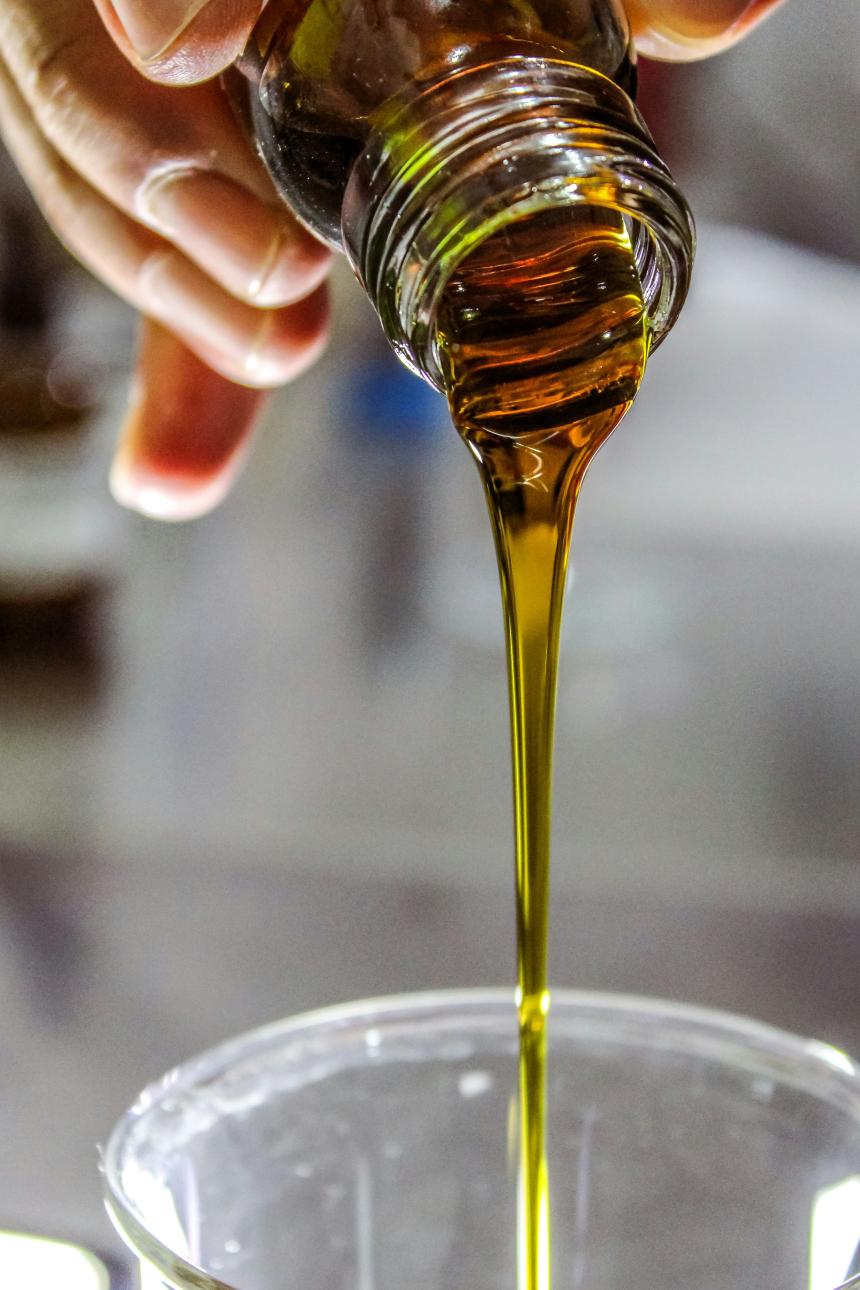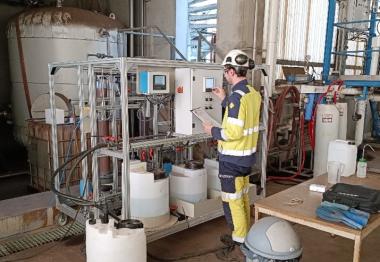
News
Fibre Excellence's bioproducts: an innovative and sustainable approach
At Fibre Excellence, we don't just produce bleached market pulp (hardwood and softwood) and unbleached pulp (softwood). We contribute to a circular economy by recovering co-products from our manufacturing process.
These co-products, turpentine and tall oil, are used in various industrial sectors, from cosmetics to automotive, as well as in the manufacture of biofuels. This innovative and sustainable approach demonstrates our ability to maximize the use of our bio-based raw material: wood.
What are our co-products?
Turpentine is a solvent extracted from pine resin, mainly used for its dissolving properties. It is a very versatile product: in addition to its use as a thinner in oil paints, it is also used to clean stains on materials such as leather or textiles. When mixed with linseed oil, it protects wood while restoring its shine. Turpentine is also used in the manufacture of perfumes, cosmetics, and household products such as detergents.
Tall oil is a vegetable oil obtained from the distillation of black liquor, a by-product of softwood cooking. It is rich in fatty acids and resin acids and has many applications: the manufacture of soaps, paints, glues, lubricants, tires, and even biofuels. It also plays a role in the road surface industry, thanks to its ability to help mix immiscible substances such as water and oil.
How are they manufactured in our factories?
Fibre Excellence uses state-of-the-art processes to extract and recover these bioproducts. In our factories in Saint-Gaudens and Provence, we use sophisticated techniques to recover turpentine and soaps from black liquor.
Turpentine extraction
Production begins with the collection of condensates from the condensation of vapors released during the preheating of wood chips. This step prepares the wood for cooking while allowing the recovery of volatile compounds. Among them, turpentine, which is lighter than water, naturally rises to the surface of the condensates. It is then separated by an overflow process. The plant produces approximately 6 to 9 kg of turpentine per ton of softwood processed.
Soap recovery
The soap recovery process begins with the evaporation of black liquor, a by-product of wood cooking. After evaporation, a two-step process removes the water and recovers the soaps, which float to the surface of the concentrated liquor. Once extracted, these soaps are then converted into tall oil by distillation with sulfuric acid, allowing the separation of fatty acids and resin acids.
How are they then processed?
After production and quality control, turpentine and tall oil are transported by truck to be sold to our exclusive customer DRT (Dérivés Résiniques et Terpéniques). The soap is transported by tanker truck to Tarascon (or DRT), where it is transformed into tall oil.
DRT, one of the world leaders in plant chemistry and a company of the dsm-firmenich, an innovator in the fields of nutrition, health, and beauty, purchases our turpentine and tall oil from Provence. At its factories in the Landes region, it extracts various organic compounds from turpentine for use in the manufacture of cosmetics, perfumes, adhesives, and beverages.
It also distills tall oil at its Landes site to extract resinous and fatty acids. These are then used to produce resins for use in adhesives, tires, and biofuels.
As part of our long-standing partnership, DRT provides us with technical support that brings together experts from both companies to improve the quality and yield of co-products, while enhancing the efficiency of paper mill essence recovery processes.
By making use of every part of softwood, the Group is fully committed to a circular industry approach. Our factories are involved in the manufacture of renewable products tailored to the needs of modern society.
With this approach, Fibre Excellence demonstrates that natural resources can be exploited in a relevant and environmentally friendly way.




